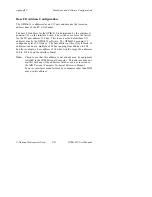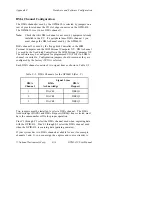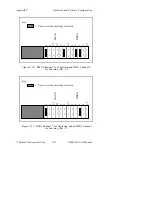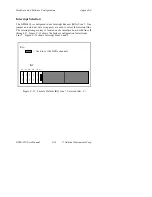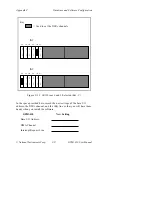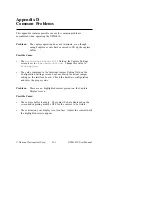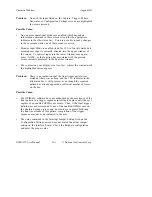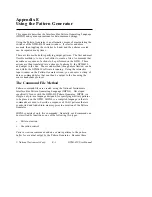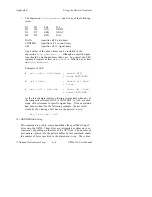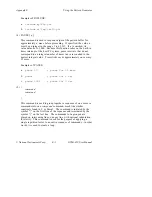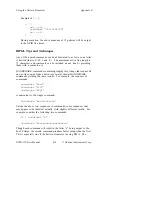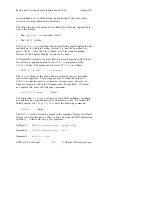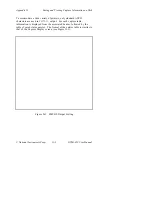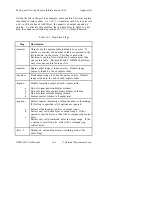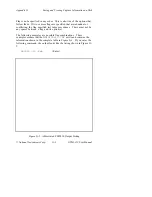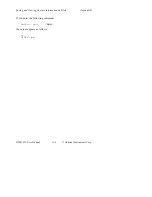
Using the Pattern Generator
Appendix E
GPIB-410 User Manual
E-2
© National Instruments Corp.
commands specify patterns in terms of changes to the current state of
the GPIB, as opposed to completely redefining that state with a new 16-
bit value, each new pattern is constructed by modifying the last pattern
placed in the buffer. Unless the state of an individual signal line is
explicitly changed by a particular command, its state remains constant
from the previous pattern to the current one.
Execution control commands create no new patterns, but are used to
alter the manner in which the pattern buffer is output to the GPIB.
Regardless of type, each command has the following syntax.
[
n * ] command arguments...
•
The expression
n *
specifies an optional repetition factor
n
which
may precede any command. The value of
n
must be an integer
constant in the range 1 to 65535. If
n *
is omitted, the default
repetition factor is 1.
•
The expression
command
is one of the five command keywords
described under the IBPGL Command Description section later in
this chapter.
•
The expression
arguments...
specifies a variable list of
arguments that are determined by the selected
command
.
IBPGL Command Descriptions
(1) SET line_mask...
This command is used to selectively change the state of any
combination of GPIB signal lines. It causes exactly one new
pattern (two bytes) to be placed into the pattern buffer. In the
above command line, the expression line_mask has the following
syntax:
operator line_mnemonic...
•
The expression
operator
can be the symbol
+
or
-
. The
+
operator causes each of the GPIB signal lines specified in the
expression
line_mnemonic...
to be set to 1 (on). The
-
operator causes each of the GPIB signal lines specified in the
expression
line_mnemonic...
to be set to 0 (off).

